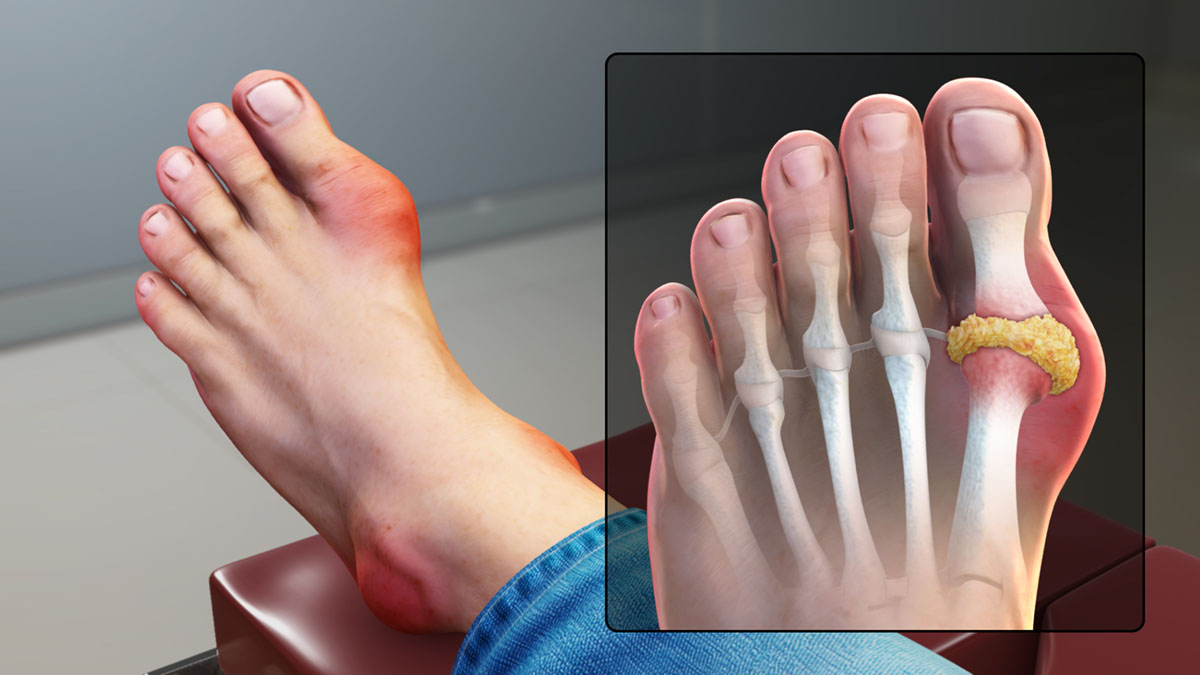
The condition in question is primarily characterized by the gathering of uric acid crystals in the area of the joints and in the joints themselves. The primary area of effect is that one big joint of our foot’s biggest finger-group member i.e. the toe though it does not stop here, since it is not considered unusual for gout to attack those other joints of ours – hands, feet, knees, ankles, elbows andwrists. Since its most general mechanism is the same as that of other related conditions, it occurs due to the existence and effect of a certain culprit and is common to certain age and physiological state of a person in question. When it comes to gout in the greatest majority of cases (above 90%), it is almost a hallmark of the males in their late 40s and above, and when having women in mind it is most frequent in those which have reached theirmenopause.
The main fact why this condition is considered to be rather “tricky” and unpredictable is because it mostly occurs in the middle of the night unannounced and is followed by an extremely intensive pain and swelling in the joints’ area. Among the most common and most frequent culprits of this fairly severe physiological condition are metabolism irregularities and disorders, which initiate massive production and storing of uric acid and kidney malfunction, which disables normal functioning and discarding of uric acid. Occurrence of various diseases attacking blood cells and organs, drugs employed in treating elevated blood pressure and heart disorders (predominantly heart-failure), excessive-overweight related problems abuse of alcohol wrong and thus harmful diets, unexpected ailments, injuries affecting joints and least preferred and desirable – chemotherapy are also the causes.
Whenanalysing the symptoms that most often follow this condition we discover that they actually progress in the form of four stages: the asymptomatic, acute, intercritical and chronic. Each of these phases is characterized by separate set of symptoms in the following way:
stage I is characterized by the blood-hightened urate levels and no visible symptoms,stage II is recognized by the unexpected pain in joints, swelling, hot sensation in joints, bruised and reddish look, five to ten days duration,stage III is stage without any symptoms, in between gout-attacks,stage IV is characterized by the constant and unrelenting joint pain, followed by the occurrence of big build ups of urate (uric acid salt), occurrence of sores, joint stiffness and curbed movability of the joint in question.Themost effective treatment methods and techniques include most of all embracing a proper and healthy diet, the one which is tailor made for you, various medicines and anti-inflammatory drugs as well as corticosteroids and adrenocorticotropic hormones.


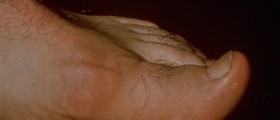
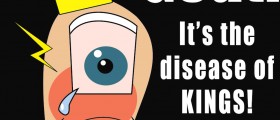
-Symptoms,-Diagnosis,-Treatment_f_280x120.jpg)



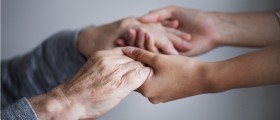


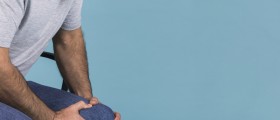

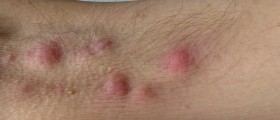

-Symptoms,-Diagnosis,-Treatment_f_280x120.jpg)
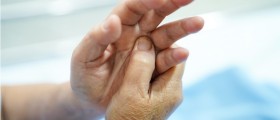
Your thoughts on this
Loading...